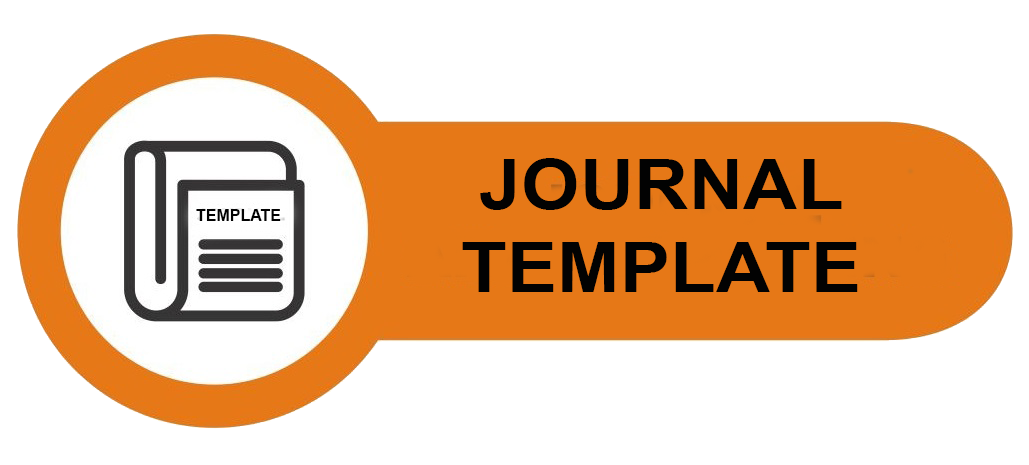PEMBUATAN BIOBRIKET DARI CAMPURAN KULIT KACANG TANAH DAN TEMPURUNG KEMIRI DENGAN MENGGUNAKAN METODE KARBONISASI
 Abstract views: 263
,
Abstract views: 263
,
 pdf downloads: 324
pdf downloads: 324
Abstract
Biobriket adalah salah satu energi alternatif bahan bakar padat yang bahan dasarnya dari campuran biomassa.
Penambahan kata bio pada briket disebabkan adanya penambahan biomassa sebagai bahan baku. Kulit kacang
tanah dan tempurung kemiri yang hanya terbuang mengakibatkan menumpuknya limbah hasil pertanian berupa
kulit kacang tanah dan tempurung kemiri. Untuk mengatasi hal tersebut perlu dilakukan penelitian lanjutan
agar memiliki nilai tambah. Pada penelitian ini bertujuan untuk mengetahui pengaruh perbandingan komposisi
bahan baku arang kulit kacang tanah dan tempurung kemiri terhadap nilai proximate dan nilai kalor. Pada
penelitian ini menggunakan metode karbonisasi. Dari hasil Analisa didapatkan nilai kalor tertinggi pada
perlakuan E yaitu 6006 Cal/gr. Kadar air briket berkisar antara 4 - 5% dan didapatkan kadar air terendah pada
perlakuan B yaitu 4,08%. Hasil Analisa kadar abu berkisar antara 11 - 17% dan didapatkan kadar abu terendah
pada perlakuan B yaitu 11,92%. Hasil kadar Volatile Matter berkisar 26 - 28% dan didapatkan kadar Volatile
Matter terendah pada perlakuan D sebesar 26,57% dan hasil kadar Fixed Carbon berkisar 50-55% dan
didapatkan hasil Fixed Carbon tertinggi berada pada perlakuan B sebesar 55,96%.
Copyright (c) 2023 JURNAL TEKNIK KIMIA VOKASIONAL (JIMSI)

This work is licensed under a Creative Commons Attribution-NonCommercial-ShareAlike 4.0 International License.
Copyright Transfer Statement
The copyright of this article is transferred to JIMSI and when the article is accepted for publication. the authors transfer all and all rights into and to paper including but not limited to all copyrights in the Psikostudia. The author represents and warrants that the original is the original and that he/she is the author of this paper unless the material is clearly identified as the original source, with notification of the permission of the copyright owner if necessary. The author states that he has the authority and authority to make and carry out this task.
The author states that:
- This paper has not been published in the same form elsewhere.
- This will not be submitted elsewhere for publication prior to acceptance/rejection by this Journal.
A Copyright permission is obtained for material published elsewhere and who require permission for this reproduction. Furthermore, I / We hereby transfer the unlimited publication rights of the above paper to Jurnal Teknik Kimia Vokasional. Copyright transfer includes exclusive rights to reproduce and distribute articles, including reprints, translations, photographic reproductions, microforms, electronic forms (offline, online), or other similar reproductions.
The author's mark is appropriate for and accepts responsibility for releasing this material on behalf of any and all coauthor. This Agreement shall be signed by at least one author who has obtained the consent of the co-author (s) if applicable. After the submission of this agreement is signed by the author concerned, the amendment of the author or in the order of the author listed shall not be accepted.
Rights / Terms and Conditions Saved
- The author keeps all proprietary rights in every process, procedure, or article creation described in Work.
- The author may reproduce or permit others to reproduce the work or derivative works for the author's personal use or for the use of the company, provided that the source and the Informatika Mulawarman copyright notice are indicated, the copy is not used in any way implying the Jurnal Psikostudia approval of the product or service from any company, and the copy itself is not offered for sale.
- Although authors are permitted to reuse all or part of the Works in other works, this does not include granting third-party requests to reprint, republish, or other types of reuse.
Jurnal Teknik Kimia Vokasional by http://e-journal.polnes.ac.id/index.php/jimsi licensed under a Creative Commons Attribution-ShareAlike 4.0 International License.







